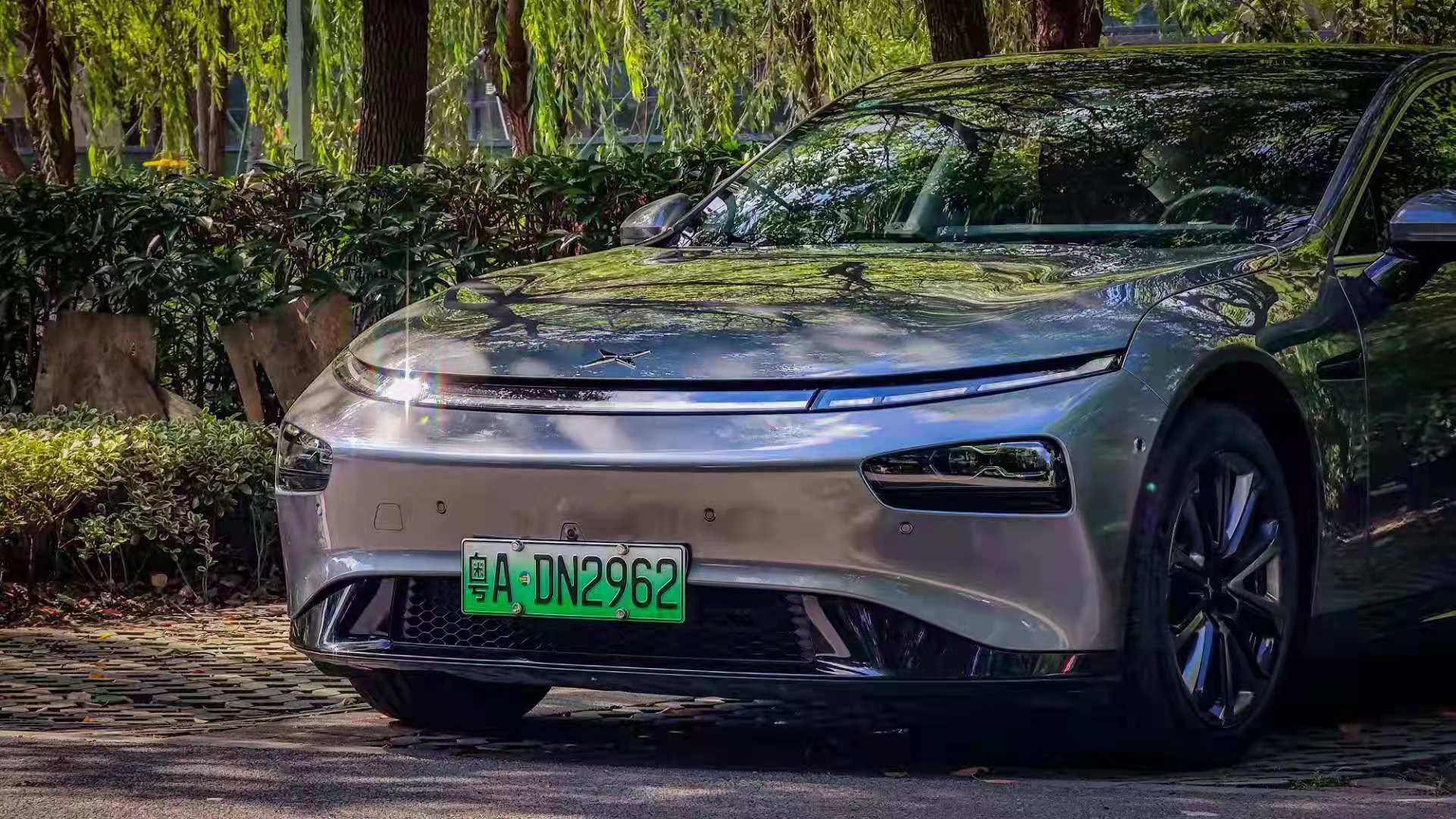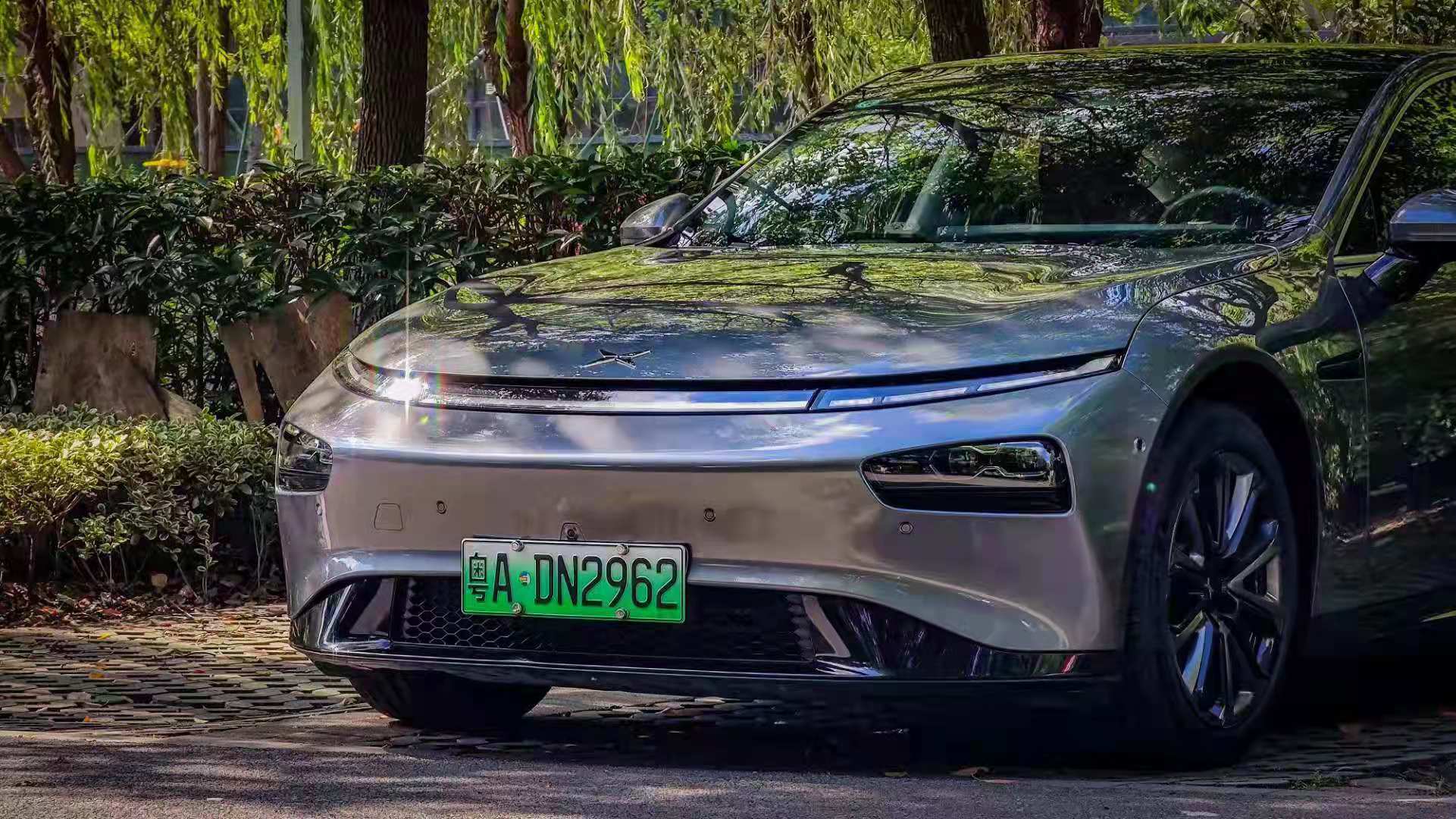
I have been wanting to try out the XPeng P7, especially the NGP navigation assistance system based on the XP3.0 system. Thanks to Garage 42 and XPeng Motors for giving me this long test drive opportunity, allowing me to deeply experience this XPeng P7 over nine days and two thousand kilometers.
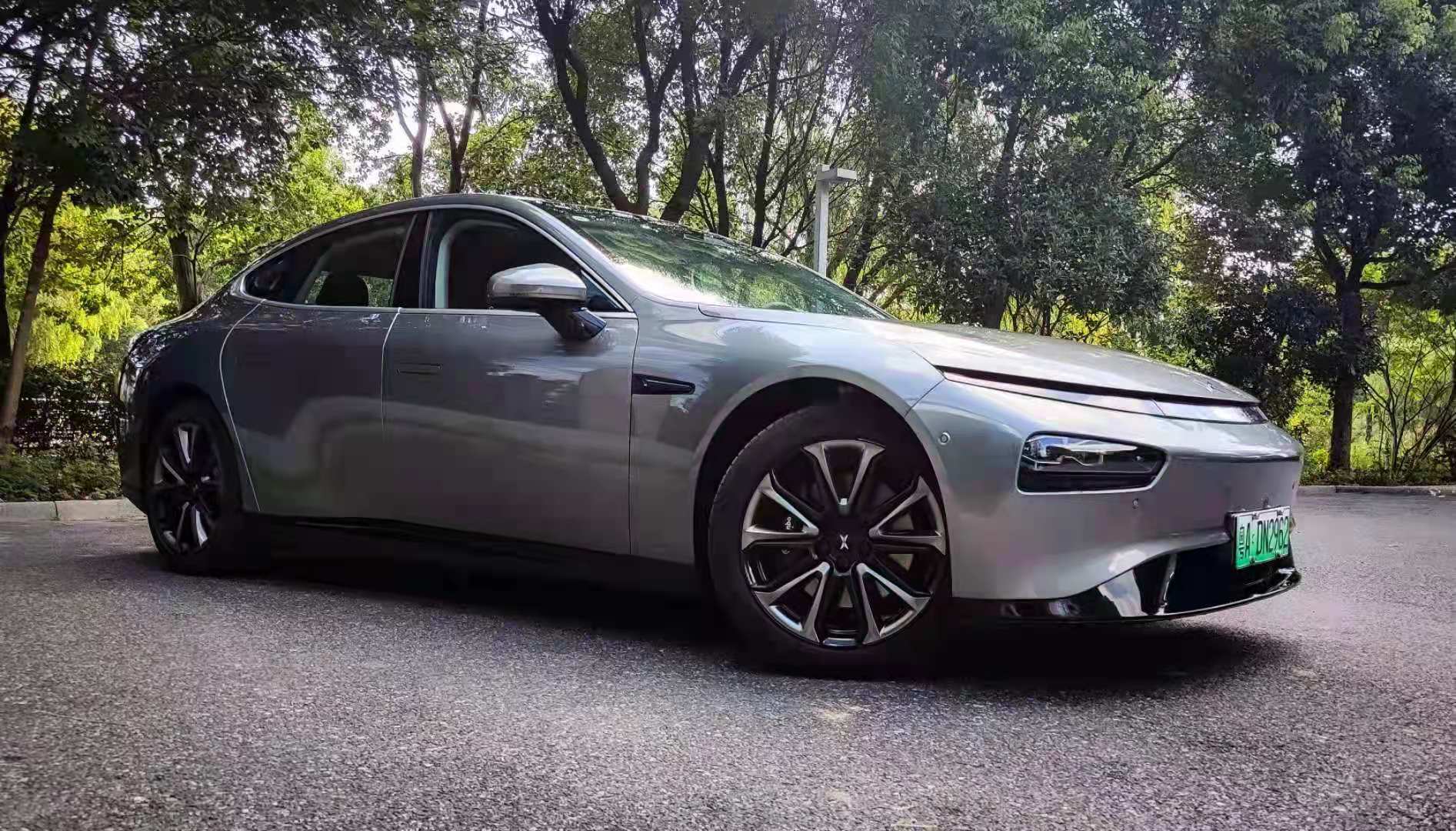
First, let’s talk about the battery life: Everyone thinks that electric cars are particularly suitable for commuting in the city and most afraid of traveling long distances. This time, I intentionally arranged a long-distance trip from Jiaxing, Zhejiang to Fuzhou, Jiangxi. This is a trip that I have to make many times every year, with a one-way distance of about 600 kilometers, and I have already driven there with Idean ONE and Nio ES6 separately. In the end, XPeng P7 started with full power, charged for 31 minutes (supplementing 270 kilometers of energy) on the way, and took seven hours and twenty minutes. This is basically the same time as Idean ONE. The Nio ES6, which has a range of 70 degrees for the same route, took more than eight hours each time (because it needs to be charged twice on the way).
After actual testing, on the Shanghai-Kunming Expressway from Zhejiang to Jiangxi, it is actually possible to drive for 450-500 kilometers on the highway. I only need to charge at a service area after 350-400 kilometers. Moreover, the fastest charging power peak of the national grid charging pile in the service area in Jiangxi is 86 kW and can be stable at 60 kW for a long time. Therefore, for this XPeng P7, which has a NEDC range of 670 kilometers and is a rear-wheel drive ultra-long-range intelligent high-end version, I can basically get rid of range anxiety. The only problem is that during holidays, service areas may encounter situations where gas-powered cars occupy charging spaces and electric cars have to wait in line to charge, so I still dare not go out far.
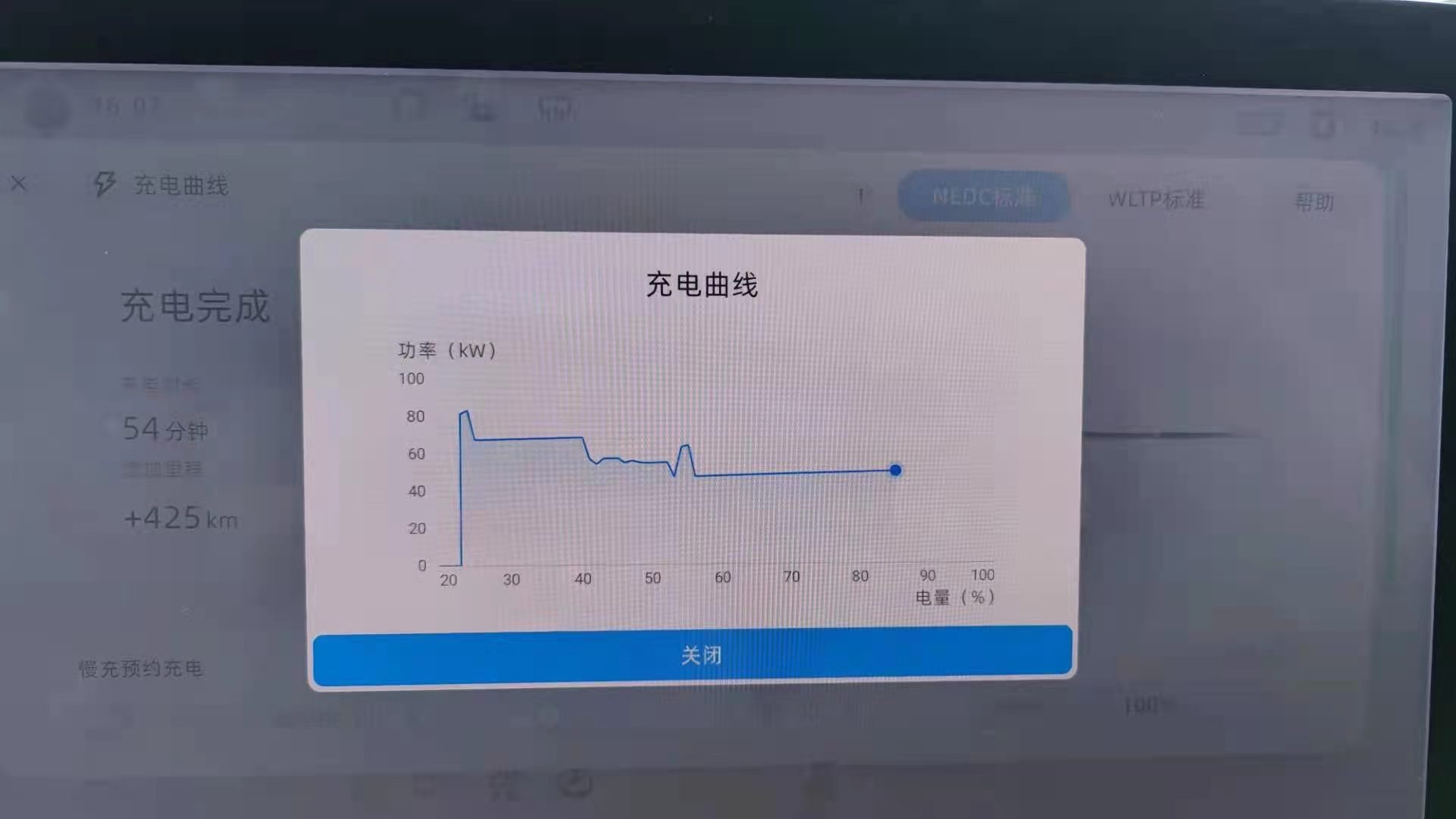
The second is the highlight of this experience: the NGP navigation assistance system.
First of all, let me give my conclusion: NGP is currently the best navigation-assisted driving system in China, with overall performance surpassing Nio’s NOA, and even surpassing the mythic Tesla FSD (Chinese version).
It has decisive lane-changing ability, including expert acceleration lane-changing techniques. When entering and exiting high-speed ramps, it corrects direction quite well.
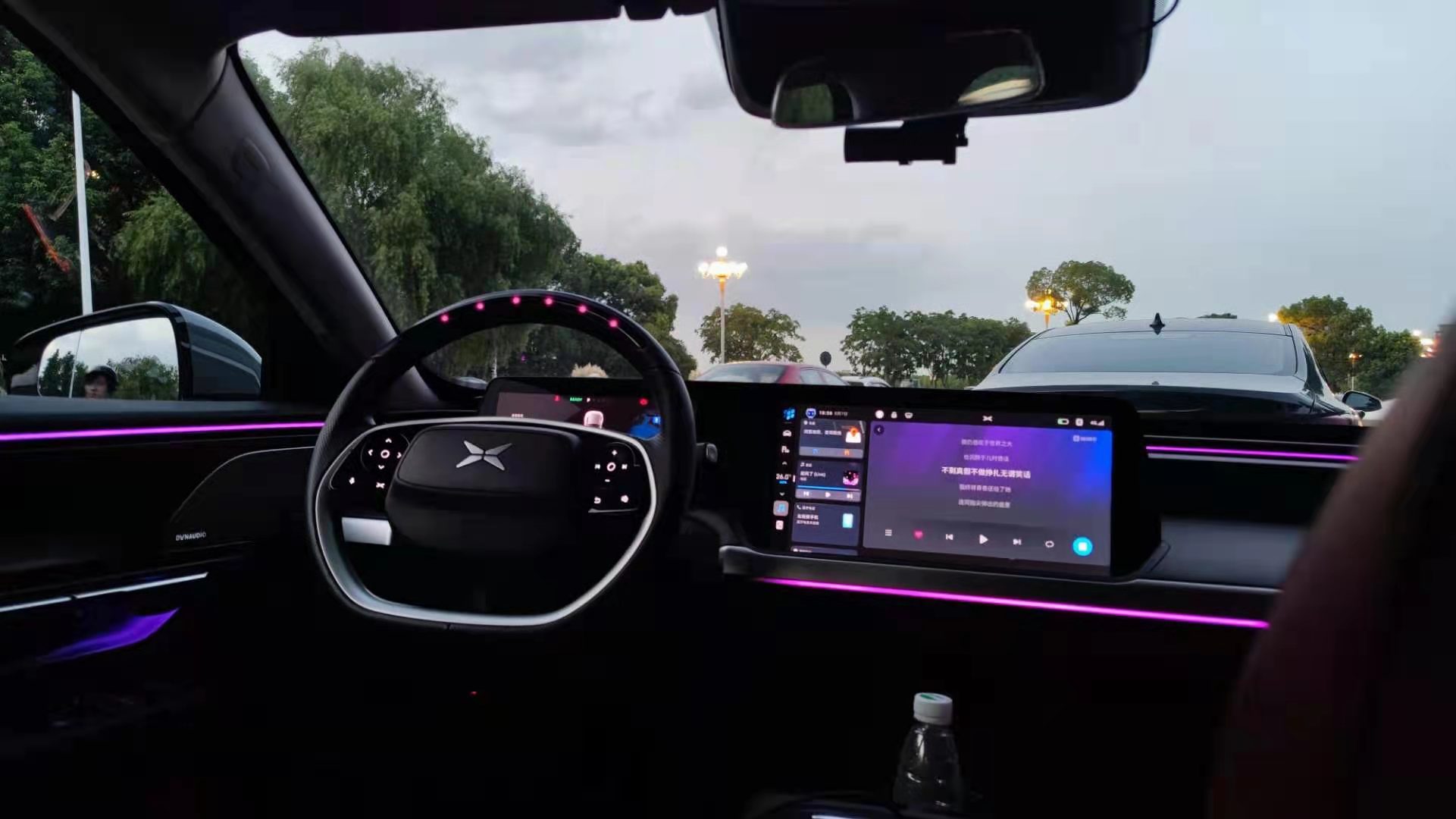
The lateral control within the lane is more stable than the 2021 version of Idean. For example, when avoiding large trucks in the same lane, XPeng’s vehicle control is more precise, while the 2021 version of Idean can be very nerve-wracking if it encounters crosswinds.## XP3.0 Hardware System
Little Xpeng’s ability to handle special cases, such as chaotic or ambiguous lane lines, is stronger than other companies, and they don’t panic when faced with side vehicles cutting in. Their advanced preparation earlier on is also superior, which demonstrates the strength of the XP3.0 hardware system. However, on some high-speed road sections, I proactively degrade from NGP to LCC. The main reason is that NGP likes to change lanes too much. In most high-speed road sections with a large traffic flow, it is faster to stay in the first lane, but NGP will actively change lanes to the second lane if there is a little space. However, it often cannot return back which can lead to troublesome situations…
The NGP system is currently too reliant on high-precision maps, which often have incorrect speed limit restrictions and occasionally lose their accuracy by hundreds of meters. For instance, I met with a sudden NGP speed limit drop from 120 km/h to 60/80 km/h on a provincial level toll station that was already demolished. Although the vehicle did not have to brake suddenly, it felt like the car was drastically slowing down, which could have caused a rear-end collision. I hope that with the advancement of lidar technology for different cars, the dependence on high-precision maps will gradually decrease for auxiliary driving systems.
In terms of NGP/LCC/ACC modes, when there are no cars ahead and the vehicle reaches maximum speed, there is still room for improvement in terms of accelerator pedal control. Currently, I can feel that there is a front and rear rhythm of acceleration and deceleration. If the driver is attentive and sensitive enough, they can recognize that the feeling is not very pleasant.
When switching from NGP mode to manual lane change, the system can automatically switch back to NGP, but when switching from LCC mode with manual lane changing, the system does not automatically switch back, which is illogical.
Despite minor flaws, Little Xpeng P7’s auxiliary driving system based on the XP 3.0 system is very powerful and is indeed the most amazing one in China.
Little Xpeng’s Intelligent In-Vehicle System
What I like the most is the XPeng’s voice system, which is currently the strongest in China, surpassing Tesla, Nio, Ideal, and others. I can control almost all vehicle functions with voice commands, and the probability of mistaken wakeup is extremely low (the probability of Ideal One’s dream element being accidentally activated is high, Nio’s Nomi is particularly cute, and Tesla…). The specific recognition ability of voice statements is also very strong. However, I once experienced an awkward situation where the system kept playing the same song repeatedly after I used voice commands to play it.
The mapping system is moderate, feeling somewhere between Ideal and Nio/Tesla. However, I feel that it is not very convenient when switching between multiple routes.
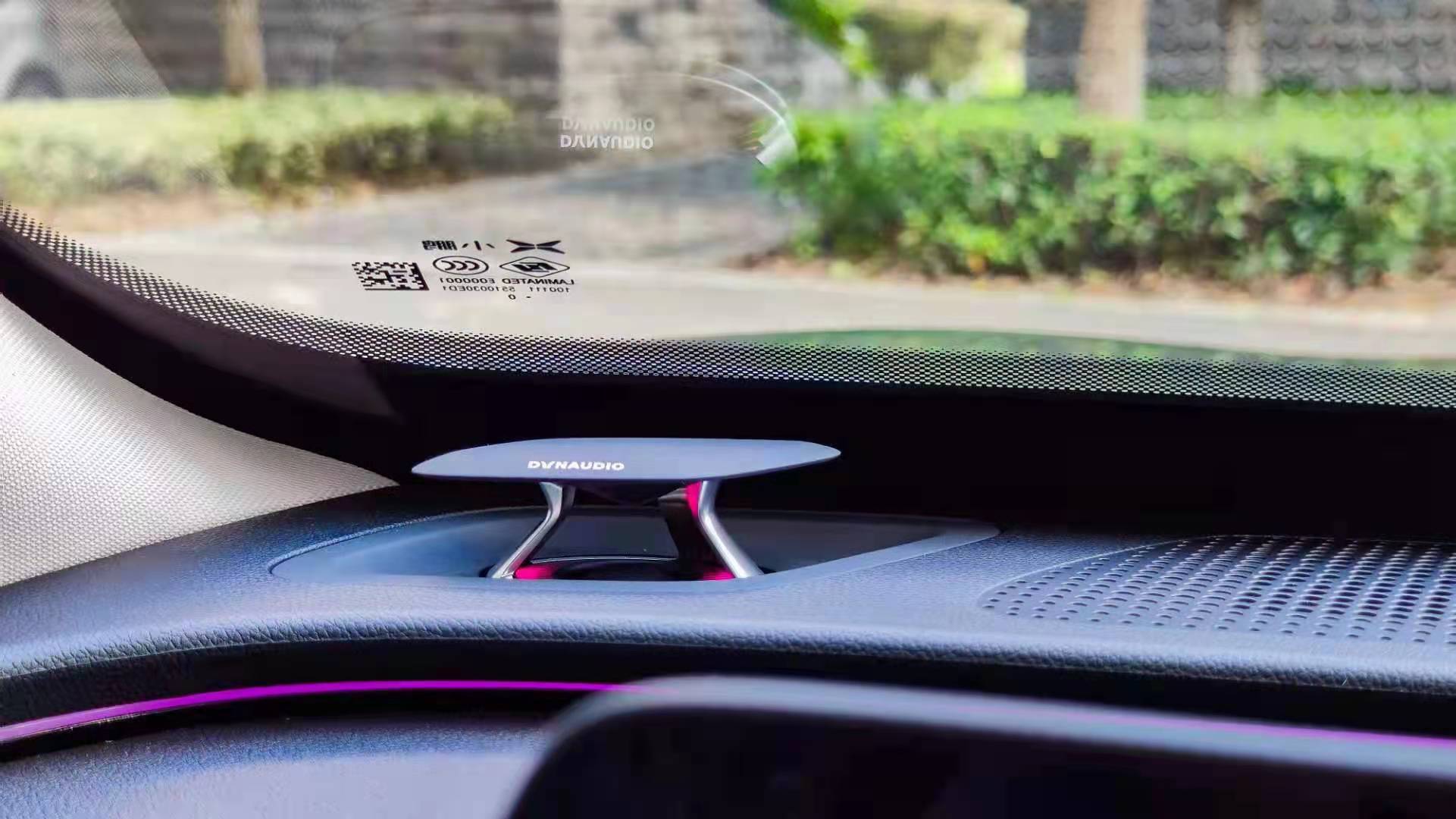
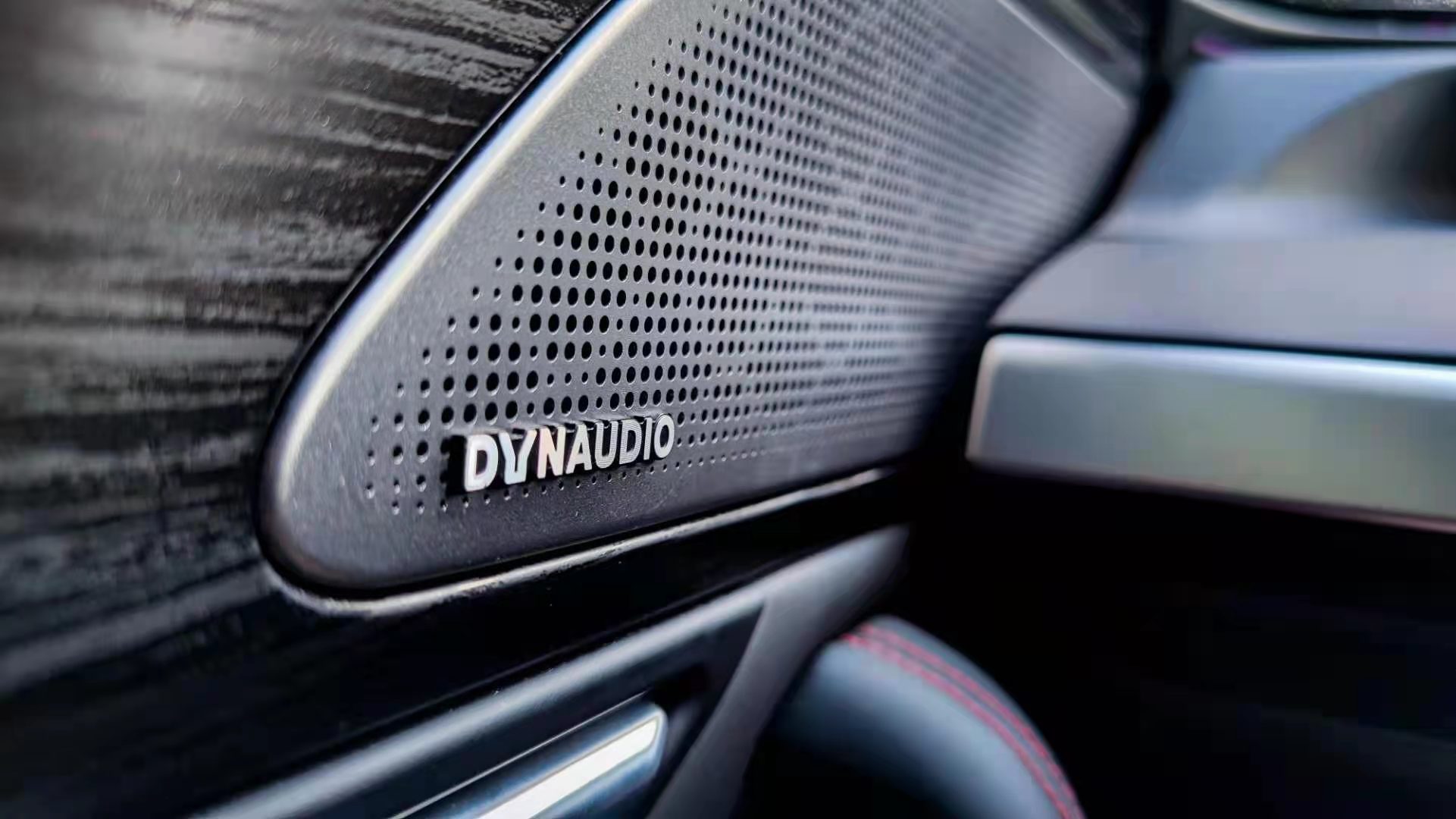 The cooling capacity of the air conditioning system is strong, but the wind mode cannot be memorized and needs to be adjusted separately every time. (The shape and position of the air outlet may affect this, and the wind is not gentle. Direct blowing on the arm is a bit uncomfortable.)
The cooling capacity of the air conditioning system is strong, but the wind mode cannot be memorized and needs to be adjusted separately every time. (The shape and position of the air outlet may affect this, and the wind is not gentle. Direct blowing on the arm is a bit uncomfortable.)
The XPeng P7 supports the app store, and car owners can download many apps to expand the car’s functions. However, many apps feel like they are just tablet versions ported over without optimization for the car system. For example, the “Ditto” app I use opens directly to a huge pop-up window…
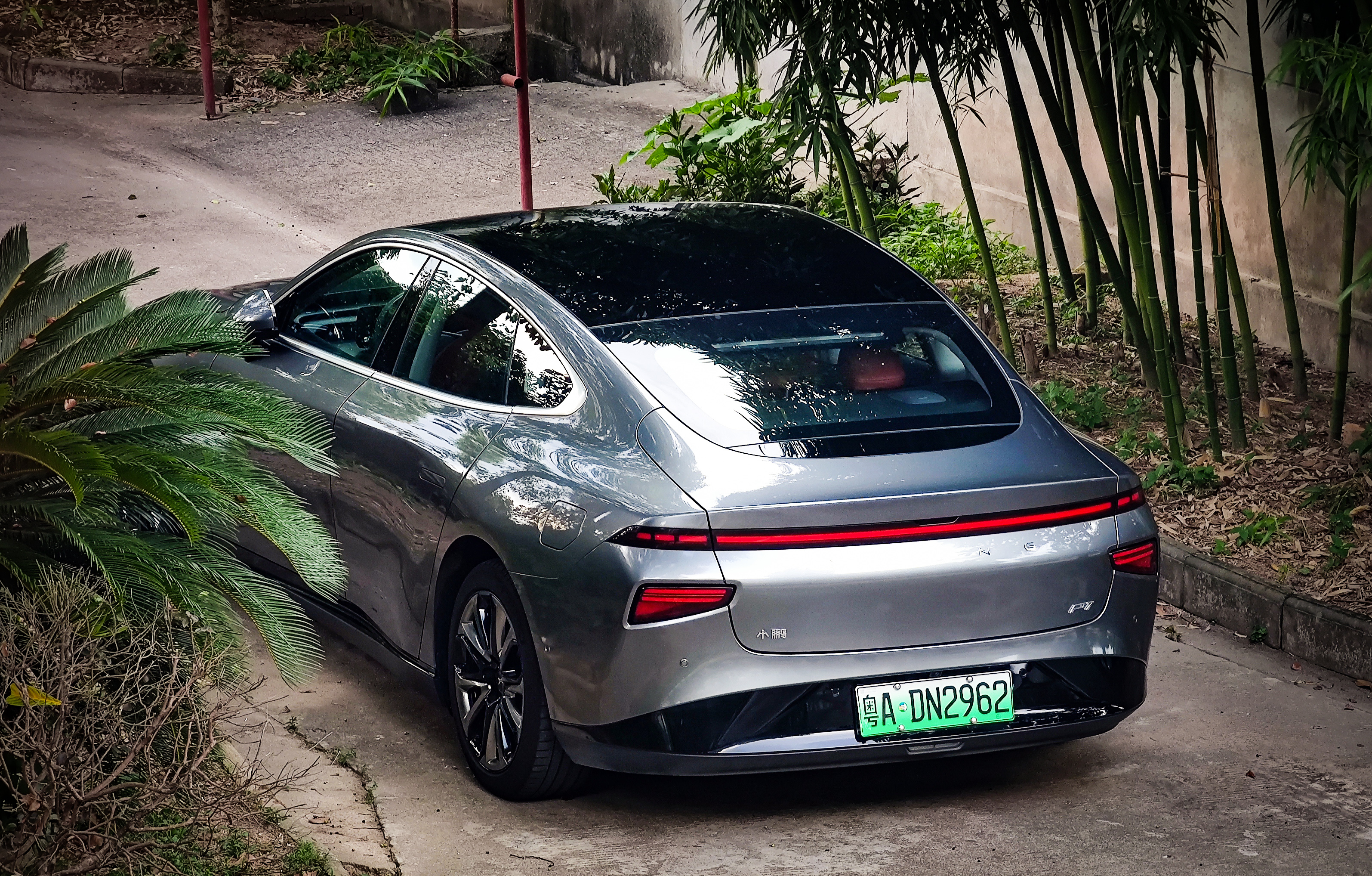
The excellent auxiliary driving system, combined with the outstanding voice car system, and the long battery life, make me love the unique aesthetic style of the XPeng P7 more and more. I might really consider buying one for long-term use.
This article is a translation by ChatGPT of a Chinese report from 42HOW. If you have any questions about it, please email bd@42how.com.
